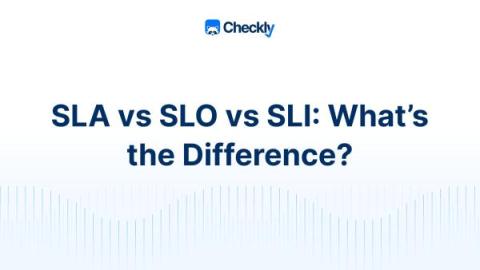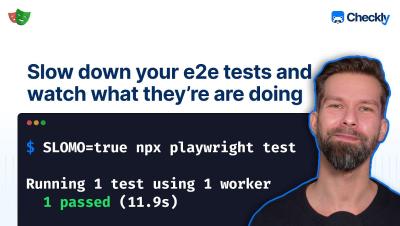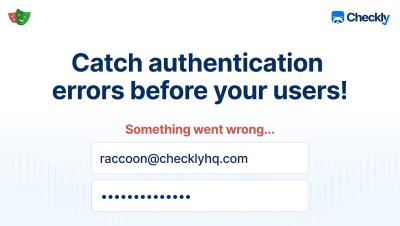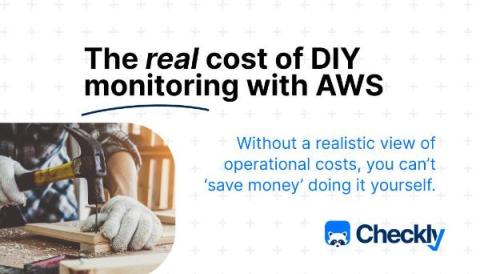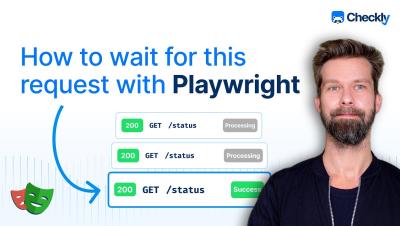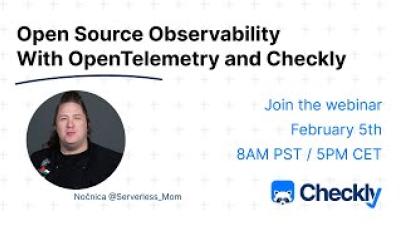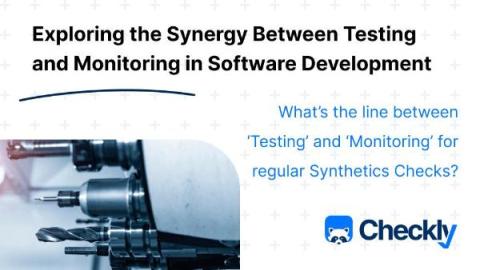Cultivating Your Tech Garden: Enriching APM with Synthetic Monitoring
Welcome to the Tech Garden, a place where our monitoring tools, like to diverse flora, contribute to a thriving digital ecosystem. Our journey starts with the foundational roots of Application Performance Monitoring (APM), crucial for initial growth and stability, like the roots beneath our fruit trees.



